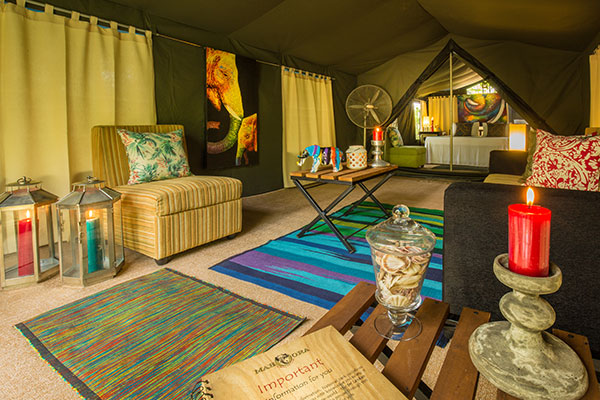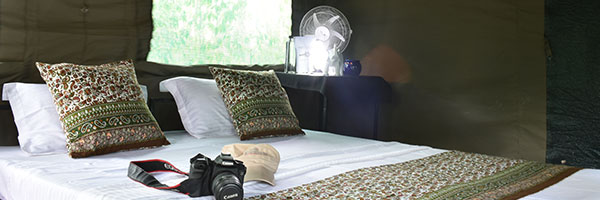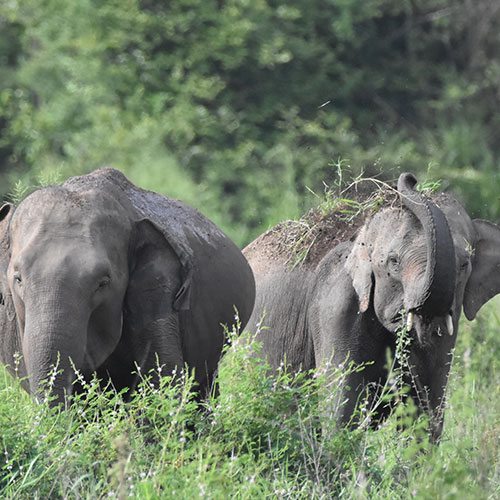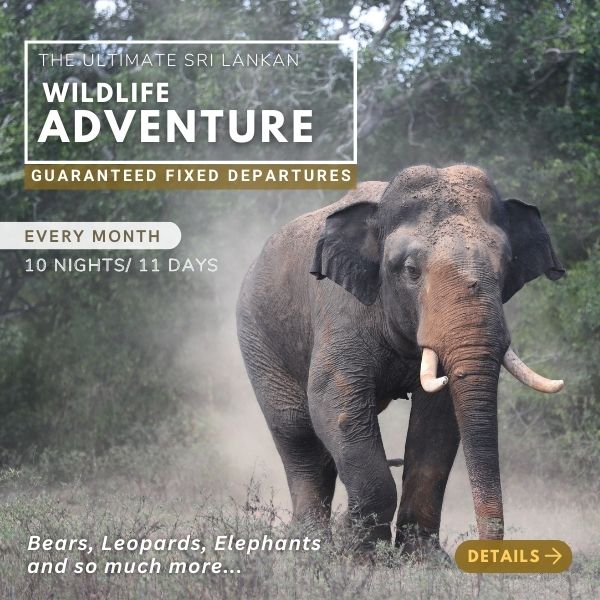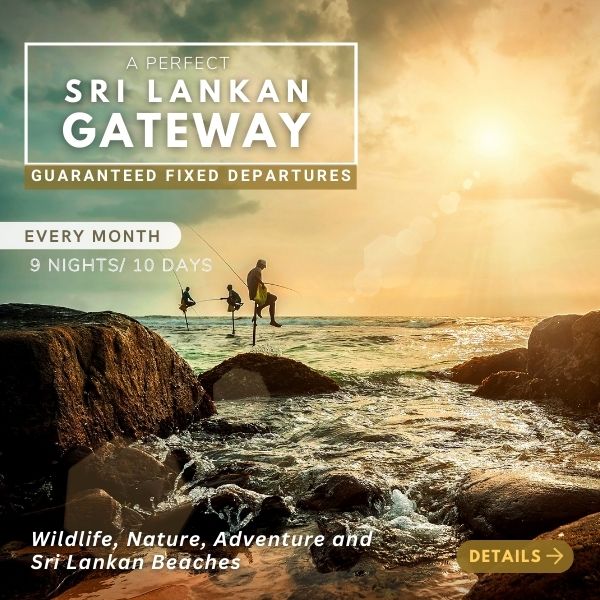Elephants at Udawalawe National Park Sri Lanka
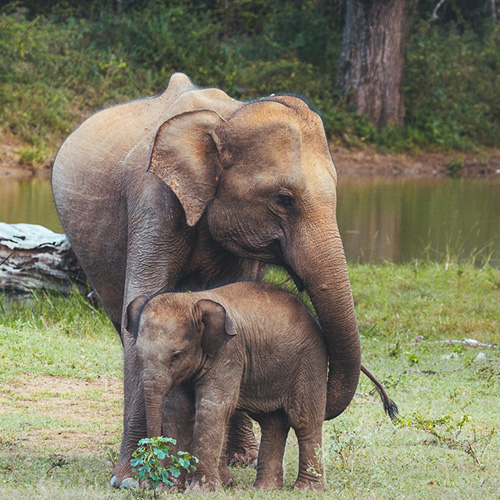
Mammals at Udawalawe National Park
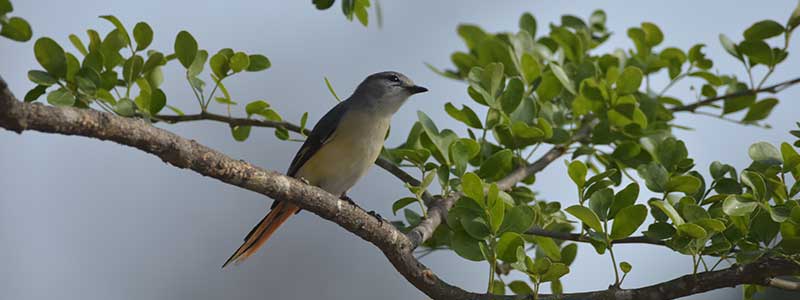
Birds at the Udawalawe National Park Sri Lanka
The avifauna includes large numbers of Warblers, together with the usual low country birds in forested areas, and a variety of raptors. Water birds observed on the reservoir include rare visitors such as the Indian Cormorant and Osprey. Notable endemic species are the Sri Lanka Spurfowl, Sri Lanka Junglefowl, Malabar pied hornbill and the Brown-capped Babbler.
Reptiles & Fish at Udawalawe National Park
Endemic Flora in Udawalawe National Park Sri Lanka is rich and varied. Originally densely forested, savannah grasslands and thorn-scrub now predominate the Park. Much of the forest was destroyed by chena - slash and burn - cultivation. Scattered trees, constituting 20 – 50 percent of existing cover, are mainly Satin, Ehala and Lunumidella. In the riverine forest, Kumbuk and the endemic Mandorang trees are dominant.
Flora at Udawalawe National Park
Udawalawe National Park History and Geography
The dry land area of the Udawalawe National Park is about 119 square miles excluding the reservoir, which is approximately 29,000 hectares. The Udawalawe Reservoir is situated within the boundaries of the Park, and draws its water from the Horton Plains Reserve, the Peak Wilderness Sanctuary and the Haputale area. The Reservoir has become an important area for breeding aquatic birds.
The deep waters of the Walawe Reservoir are surrounded by picturesque open plains and foothills. The most prominent features are the Kalthota Escarpment and the spectacular Diyawinne Falls to the north. Ulgala, in the west, is the most prominent peak and rises up to a height of nearly 380 meters, from the lowest point of the area which is at 100 meters above sea level.
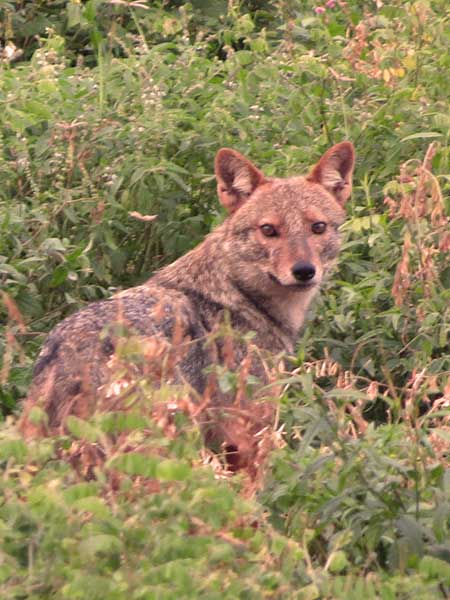
Climate at the Udawalawe National Park
Two rainfall peaks occur in a year, one between April and May and the other between October and November. A short dry spell is experienced between February and March, and a prolonged dry period is observed from mid-May until the end of September.
Best times to visit Udawalawe Sri Lanka
How to get to Udawalawe National Park Sri Lanka
Alternatively, the Park can be reached by air travel as well. By chartering a helicopter, either from the Bandaranaike Airport or from Ratmalana, you can land at the Udawalawe Police Grounds. From there you can reach the Park by road. The Air Taxi Service is not available for this area. For more information on air travel please visit www.flysrilanka.lk.



